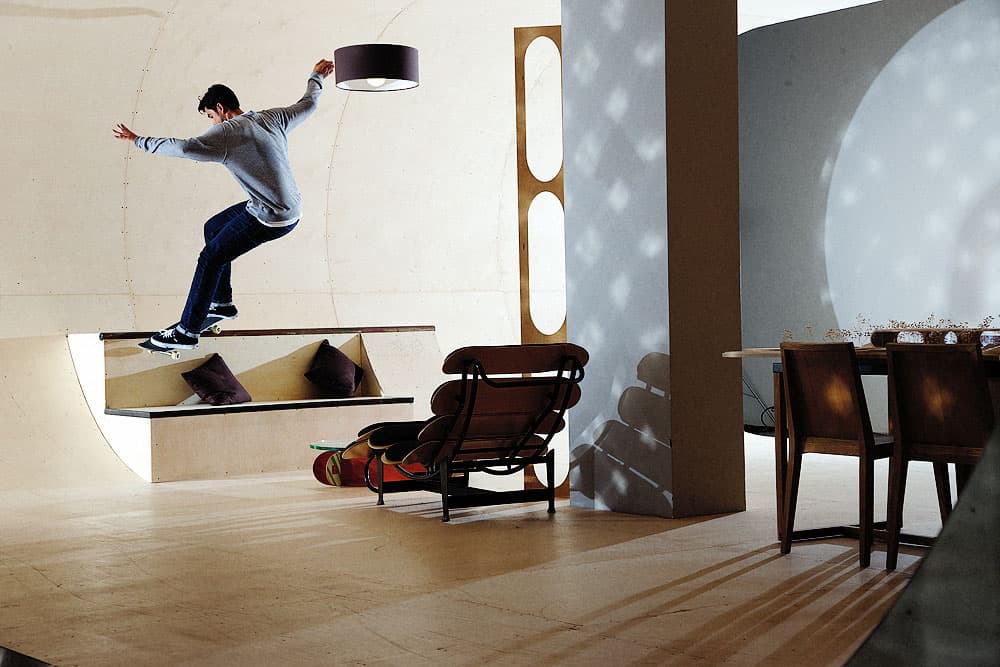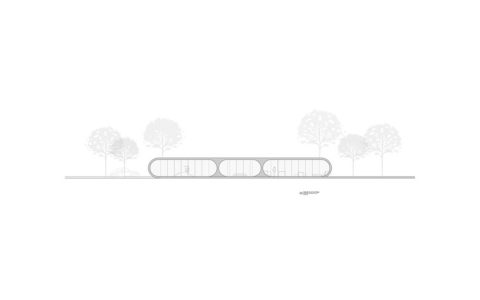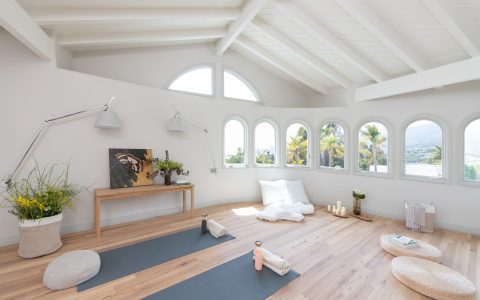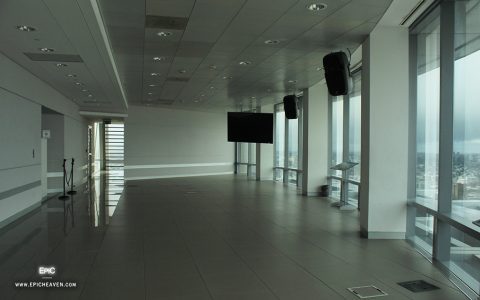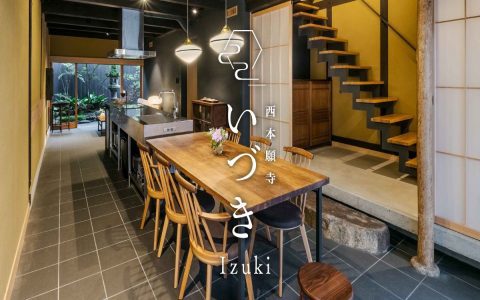The PAS House: A Skateboarder's Dream Residence
The PAS House, an acronym for Pierre André Senizergues House, is a groundbreaking architectural project designed to be entirely skateable. It represents a unique fusion of residential living and skateboarding functionality, blurring the lines between a home and a skatepark.
Key Design Philosophy
The core concept behind the PAS House is to create a continuous, fluid space where every surface, both interior and exterior, can be used for skateboarding. This includes walls, ceilings, floors, and even furniture, all designed with curves, ramps, and transitions conducive to skateboarding maneuvers.
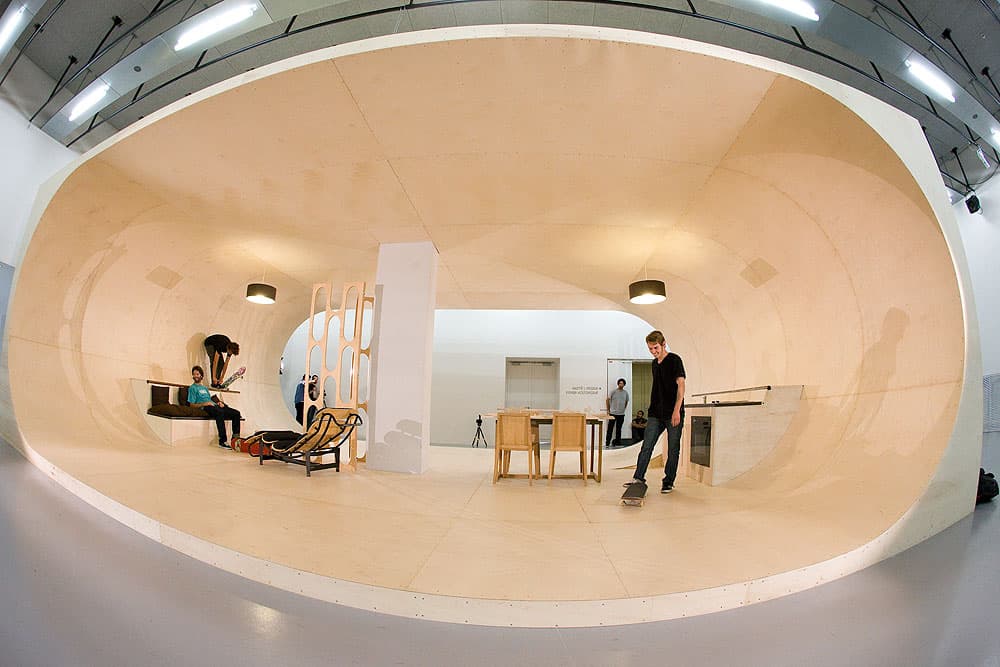
Architectural Features
- Continuous Surfaces: The house is characterized by its seamless transitions between horizontal and vertical planes, creating a ribbon-like structure.
- Integrated Furniture: Elements like seating and tables are often built into the structure and are also skateable.
- Materiality: Durable materials capable of withstanding the impact of skateboarding are used throughout, often featuring smooth, curved concrete and wood.
- Spatial Flow: The layout encourages movement and exploration, allowing a skateboarder to ride from one area to another without interruption.
Concept and Realization
Conceived by Pierre André Senizergues, a former professional skateboarder and founder of Etnies, the PAS House was envisioned as the ultimate dwelling for a skateboard enthusiast. The design was brought to life in collaboration with architect Gil Le Bon Delapointe and designer François Perrin.
While a full-scale prototype has been built and exhibited, the project primarily serves as an influential concept piece, pushing the boundaries of residential architecture and demonstrating how a specific lifestyle can be integrally woven into the fabric of a home.
Significance
The PAS House is significant not only within the skateboarding community but also in the broader field of architecture. It challenges conventional notions of domestic space and showcases innovative design solutions that cater to highly specialized user needs. It remains a celebrated example of how passion and lifestyle can directly inform and shape architectural form and function.
